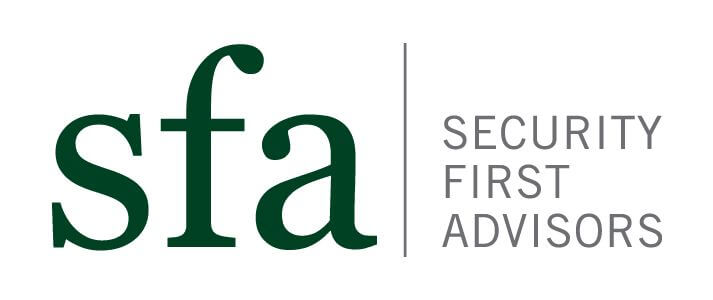The path to an all-time high for Dow maybe bumpy–the coast is far from clear…
Tuesday, Feb. 28, 2012. The Dow Jones industrial average closed above 13,000, the first time since May 2008, four months before the financial crisis.
Now that the Dow Jones industrial average has closed above 13,000, an all-time high is in sight -just 1,160 points below its all-time high of 14,164.53, set Oct. 9, 2007. But the coast is not quite clear for the markets or the economy. The next big test comes tomorrow, when the government releases the number of jobs added by the country in February and updates the unemployment rate.
The Dow last closed above 13,000 on May 19, 2008, almost four months before the fall of the Lehman Brothers investment bank triggered the worst of the financial crisis. On Tuesday, it just cleared the mark -13,005.12, up 23.61 points for the day.
Already here in the first two months, we’ve blown past the consensus expectations for the entire year, and that certainly gets people’s attention. The index is up 6.5% for the young year. Other averages have fared even better: The Standard & Poor’s 500 is up 9%, the Russell 2000 index of smaller stocks is up 11%, and the Nasdaq composite index, dominated by technology stocks, is up 14%. The Nasdaq has not traded this high since December 2000 over 11 years ago.
The Dow first cracked 13,000 on April 25, 2007, when the unemployment rate was 4.5%, far below today’s 8.3%, and the economy was growing at a relatively healthy clip. From there, it was a quick ride to the Dow’s all-time high… The trip back down to 13,000 was less pleasant. It took little more than a month. Ten months later came the financial meltdown. The Dow hit bottom on March 9, 2009, at 6,547.05.
“It’s important to remember that the stock market is not the U.S. economy, and the U.S. economy is not the stock market,” said Dan Greenhaus, chief global strategist for the brokerage BTIG. “Many people are likely to say, ‘Dow 13,000. So, where’s my job?”
The consumer confidence reading of 70.8 is still far below the level of 90 that indicates a healthy economy. It was above 110 in mid-2007, before the recession. Still, Greenhaus said, while 13,000 is just a round number, “it’s a round number that’s likely to make many Americans feel better about the economy and the stock market. It’s another sign that things are getting better.”
Edited remarks of Daniel Wagner, AP Business Writer
Sincerely,
Evan S. Russell, CFP®, Stacy L. Rerick, CFP®, Ronald E.
Wilkinson, CFP®
